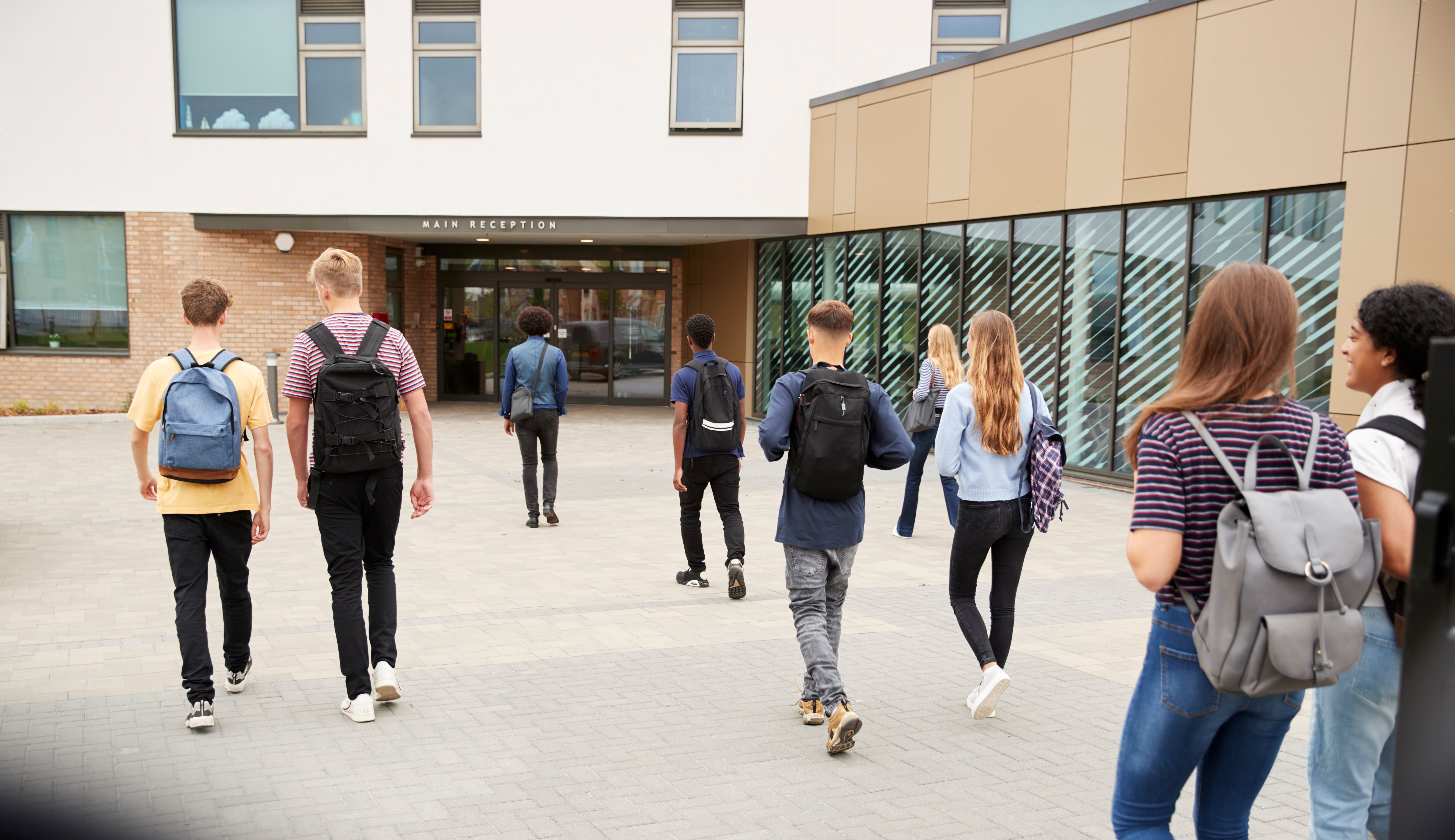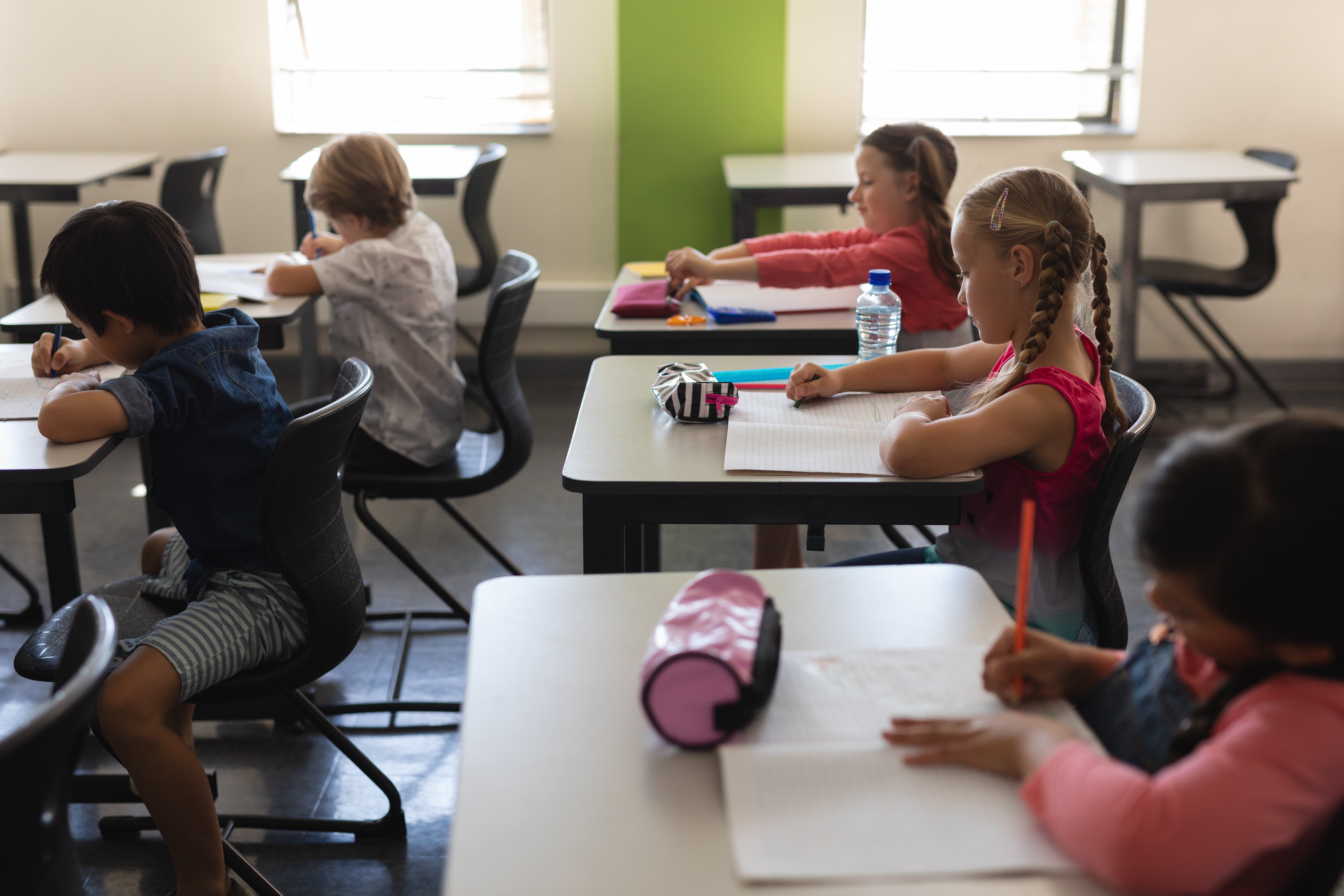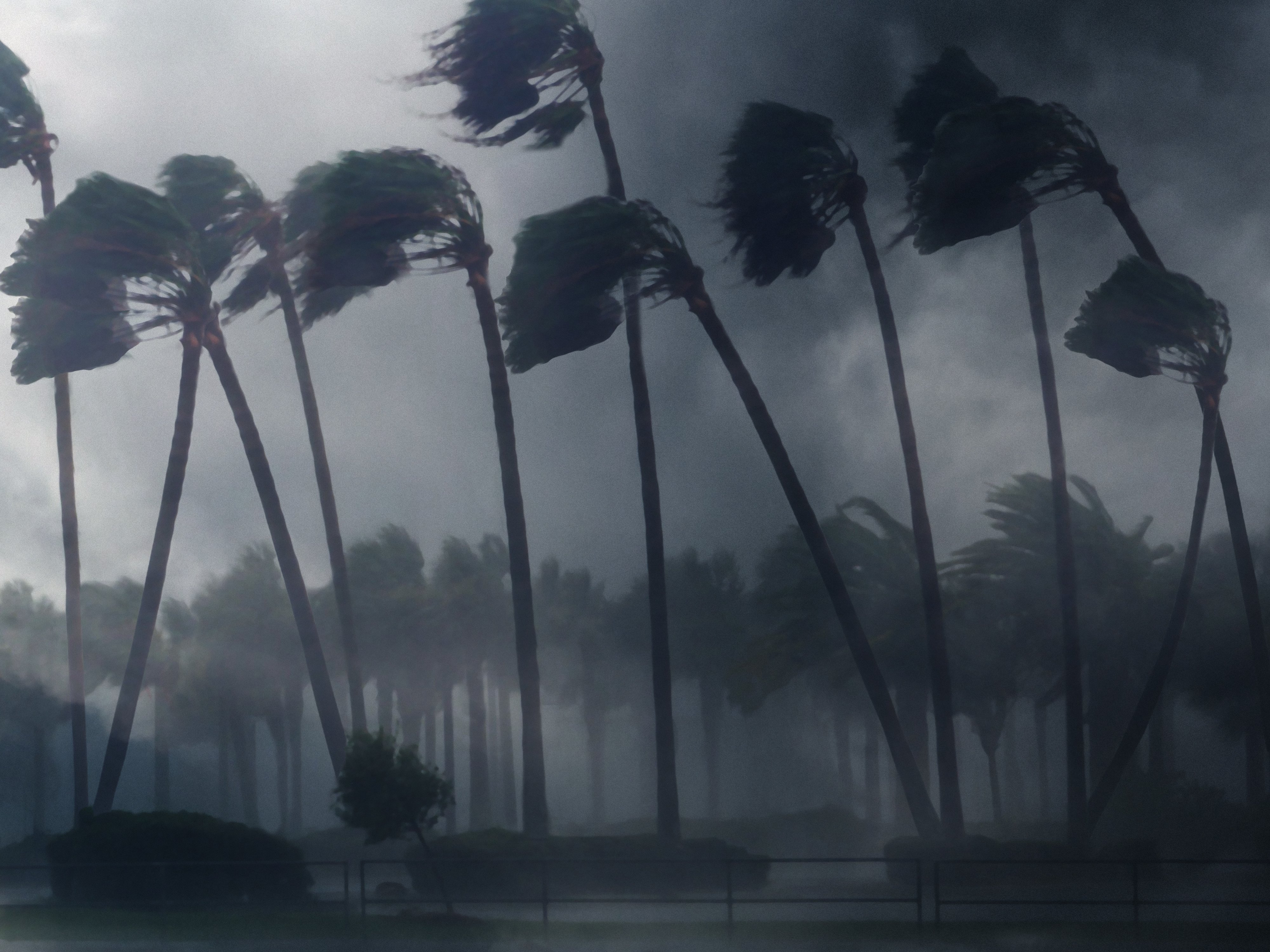All through human history, violence has been present and necessary for survival. Humans are not alone; we see it in every aspect of nature and our lives. However, for the last 2,000 years, we have tried to "civilize" violence out of our cultures and societies. While I agree that we shouldn’t need violence in modern society, there are clearly instances where violence is a necessity. The key is to channel it and understand when it is necessary.
This is not a discussion about weapons; there are many cases where almost every weapon imaginable has been used. Violence is the driving force. Sure, weapons should be kept out of the hands of those who want to do us harm, but we can’t keep every potential weapon out of the hands of those who are committed to doing harm. If we are to reduce or eliminate violence within our schools, we must start by focusing on our students as early as possible.
So, the question becomes: Where does violence begin?
The answer: As far left on the "Left of Bang" timeline as possible.
If you’ve heard me speak or read anything I’ve written about applying the "Left of Bang" incident timeline, you understand that every incident of violence starts long before you realize you are in trouble. Every incident has its timeline. Each one is unique and follows its own pathway. While we examine both the timeline and the pathway in broad terms, each has its own characteristics and actions.
If that is the case, how can we expect to identify those who are likely to act violently towards our schools? I’m not sure, but I will say that we need to do better than we are doing.
Here is what I do know: Every child is a product of their environment and their upbringing. Every child is unique in how they process and learn from those experiences.
The first challenge we face as educators is that, for the first several years of their lives, we are unaware of what they experience. So, there are about five years of experience that we simply do not know about. Herein lies the problem: When we receive those precious little creatures on their first day of school, our first assumption is that they are all perfectly functioning and well-adjusted little humans — until we observe something that concerns us. But we also know that is just not the case.
Many have emotional, coping, developmental, and problem-solving issues. They all possess different abilities and capacities for learning and functioning in a school environment. We also know that the highest and lowest performers receive the majority of our attention, while the middle eighty percent are left to their own devices unless they draw attention to themselves, one way or another.
So, how does this translate to preventing violence? Since we can’t understand everyone’s background when they come to us, we must support all of them equally. Then, as we begin to understand and establish baseline behaviors, we can focus our attention on those who are exhibiting signs of struggle.
Here are just a few signs you might observe:
- Frequent frustration
- Anger issues
- Isolation
- Anxiety
- Depression
- Acting out
- Challenging authority
- Lack of interest
- Refusing to engage in classroom activities
- Sudden separation from a group of friends
- Sudden decline in academic performance
Often, we will first see what we are looking for. We are more likely to notice an issue with academic performance than we might observe changes in social relationships. This is because we are focused on their academic success. As a point of interest, someone who is at risk for academic failure often exhibits similar behaviors to those who may become violent. Additionally, someone exhibiting signs of suicidal ideation may also transition to homicidal ideation relatively easily.
So, where did it all start? A better question is: When did it all start?
Violence is a transitional behavior. Very few people are born violent. While we are all capable of violence, becoming violent is something learned or experienced over time. Despite all that we do to teach non-violence, individuals who become violent typically transition over several years.
For us, we must start our assessments as soon as students show signs of deviating from the path to success — at the earliest opportunity. Intervention at the lowest level is preferable because the sooner we intervene, the more opportunity we have to be successful. Document your interventions (according to policies) so they may be used at a later date if necessary — either to identify a pattern of concerning behavior or to demonstrate escalation in behaviors.












No Comments Yet
Let us know what you think